Optical Networks: A Practical Perspective
Copyright Page
Contents
Foreword
Preface to the First Edition
Preface to the Second Edition
Preface to the Current Edition
Chapter 1 Introduction to Optical Networks
1.1 Telecommunications Network Architecture
1.2 Services, Circuit Switching, and Packet Switching
1.3 Optical Networks
1.4 The Optical Layer
1.5 Transparency and All-Optical Networks
1.6 Optical Packet Switching
1.7 Transmission Basics
1.8 Network Evolution
Summary
Further Reading
References
Part I Technology
Chapter 2 Propagation of Signals in Optical Fiber
2.1 Loss and Bandwidth Windows
2.2 Intermodal Dispersion
2.3 Optical Fiber as a Waveguide
2.4 Chromatic Dispersion
2.5 Nonlinear Effects
2.6 Solitons
2.7 Other Fiber Technologies
Summary
Further Reading
Problems
References
Chapter 3 Components
3.1 Couplers
3.2 Isolators and Circulators
3.3 Multiplexers and Filters
3.4 Optical Amplifiers
3.5 Transmitters
3.6 Detectors
3.7 Switches
3.8 Wavelength Converters
Summary
Further Reading
Problems
References
Chapter 4 Modulation and Demodulation
4.1 Modulation
4.2 Subcarrier Modulation and Multiplexing
4.3 Spectral Efficiency
4.4 Demodulation
4.5 Error Detection and Correction
Summary
Further Reading
Problems
References
Chapter 5 Transmission System Engineering
5.1 System Model
5.2 Power Penalty
5.3 Transmitter
5.4 Receiver
5.5 Optical Amplifiers
5.6 Crosstalk
5.7 Dispersion
5.8 Fiber Nonlinearities
5.9 Wavelength Stabilization
5.10 Design of Soliton Systems
5.11 Design of Dispersion-Managed Soliton Systems
5.12 Overall Design Considerations
Summary
Further Reading
Problems
References
Part II Networks
Chapter 6 Client Layers of the Optical Layer
6.1 SONET/SDH
6.2 Optical Transport Network
6.3 Generic Framing Procedure
6.4 Ethernet
6.5 IP
6.6 Multiprotocol Label Switching
6.7 Resilient Packet Ring
6.8 Storage-Area Networks
Summary
Further Reading
Problems
References
Chapter 7 WDM Network Elements
7.1 Optical Line Terminals
7.2 Optical Line Amplifiers
7.3 Optical Add/Drop Multiplexers
7.4 Optical Crossconnects
Summary
Further Reading
Problems
References
Chapter 8 Control and Management
8.1 Network Management Functions
8.2 Optical Layer Services and Interfacing
8.3 Layers within the Optical Layer
8.4 Multivendor Interoperability
8.5 Performance and Fault Management
8.6 Configuration Management
8.7 Optical Safety
Summary
Further Reading
Problems
References
Chapter 9 Network Survivability
9.1 Basic Concepts
9.2 Protection in SONET/SDH
9.3 Protection in the Client Layer
9.4 Why Optical Layer Protection
9.5 Optical Layer Protection Schemes
9.6 Interworking between Layers
Summary
Further Reading
Problems
References
Chapter 10 WDM Network Design
10.1 Cost Trade-Offs: A Detailed Ring Network Example
10.2 LTD and RWA Problems
10.3 Dimensioning Wavelength-Routing Networks
10.4 Statistical Dimensioning Models
10.5 Maximum Load Dimensioning Models
Summary
Further Reading
Problems
References
Chapter 11 Access Networks
11.1 Network Architecture Overview
11.2 Enhanced HFC
11.3 Fiber to the Curb (FTTC)
Summary
Further Reading
Problems
References
Chapter 12 Photonic Packet Switching
12.1 Optical Time Division Multiplexing
12.2 Synchronization
12.3 Header Processing
12.4 Buffering
12.5 Burst Switching
12.6 Testbeds
Summary
Further Reading
Problems
References
Chapter 13 Deployment Considerations
13.1 The Evolving Telecommunications Network
13.2 Designing the Transmission Layer
Summary
Further Reading
Problems
References
Appendix A Acronyms
Appendix B Symbols and Parameters
Appendix C Standards
C.1 International Telecommunications Union (ITU-T)
C.2 Telcordia
C.3 American National Standards Institute (ANSI)
Appendix D Wave Equations
Appendix E Pulse Propagation in Optical Fiber
E.1 Propagation of Chirped Gaussian Pulses
E.2 Nonlinear Effects on Pulse Propagation
E.3 Soliton Pulse Propagation
Further Reading
References
Appendix F Nonlinear Polarization
Appendix G Multilayer Thin-Film Filters
G.1 Wave Propagation at Dielectric Interfaces
G.2 Filter Design
References
Appendix H Random Variables and Processes
H.1 Random Variables
H.2 Random Processes
Further Reading
References
Appendix I Receiver Noise Statistics
I.1 Shot Noise
I.2 Amplifier Noise
References
Appendix J Asynchronous Transfer Mode
J.1 Functions of ATM
J.2 Adaptation Layers
J.3 Quality of Service
J.4 Flow Control
J.5 Signaling and Routing
Bibliography
Index
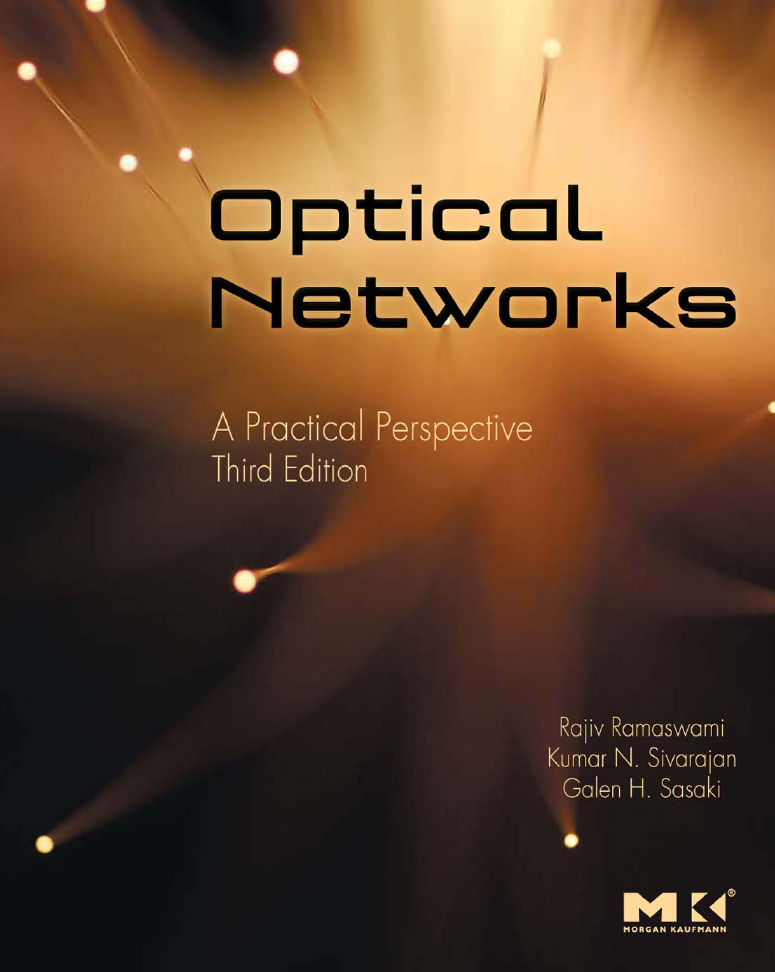
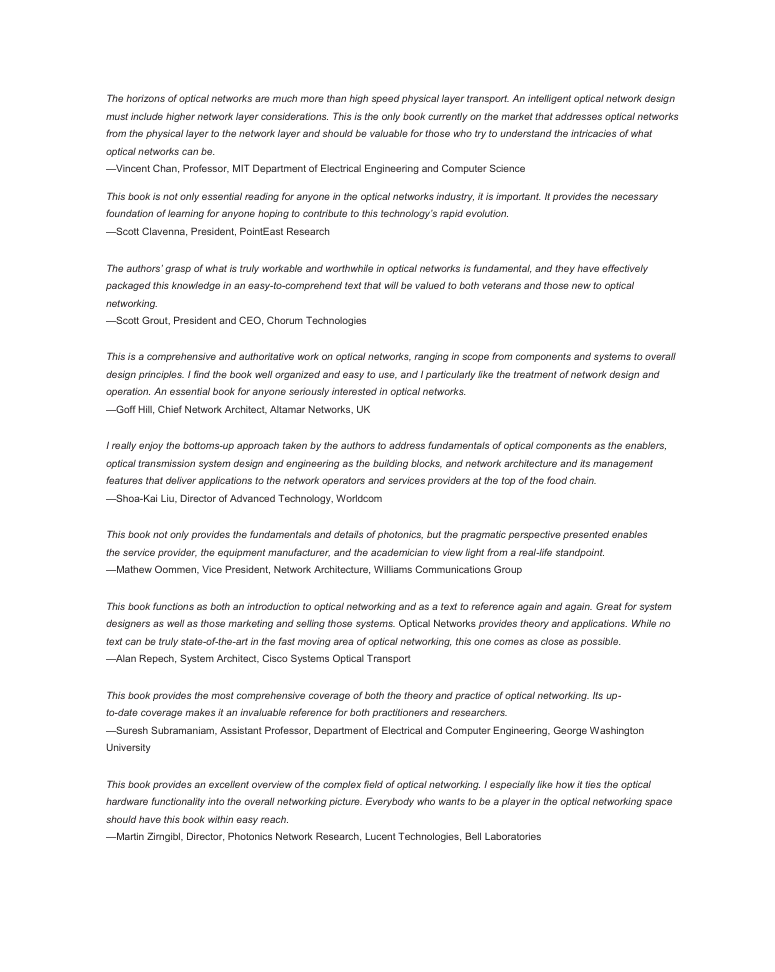
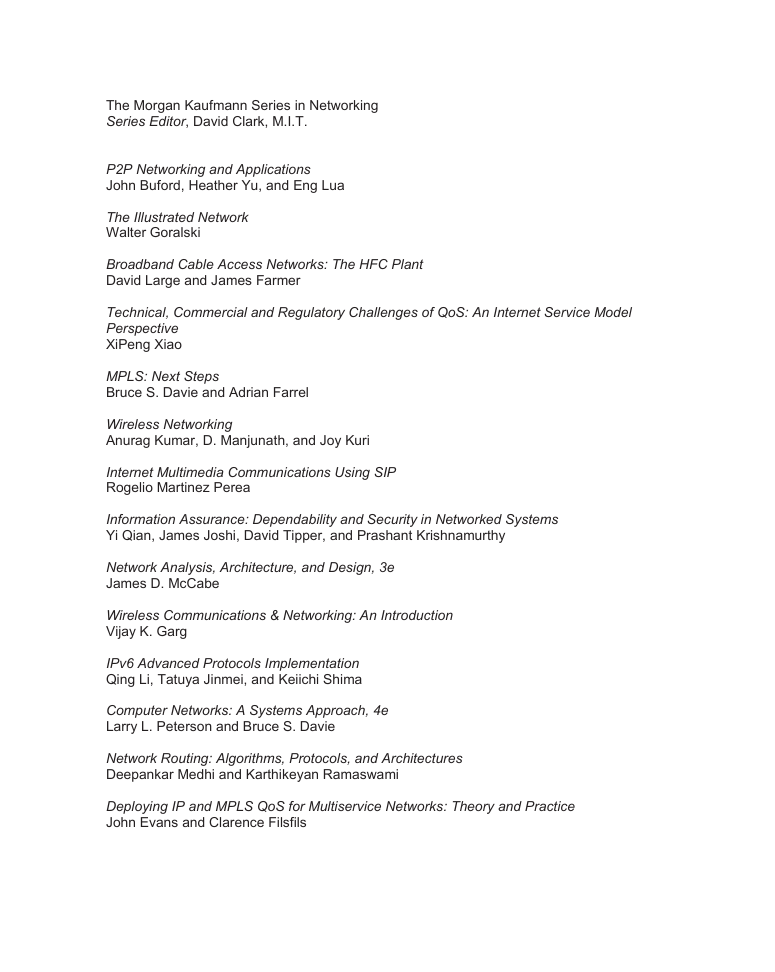
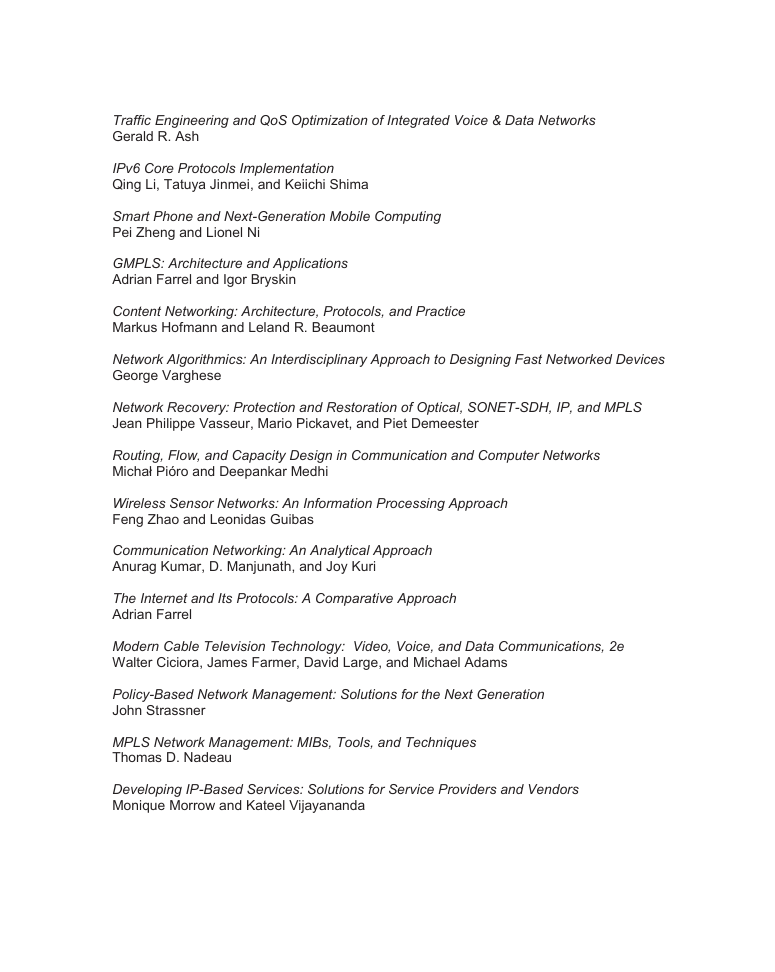
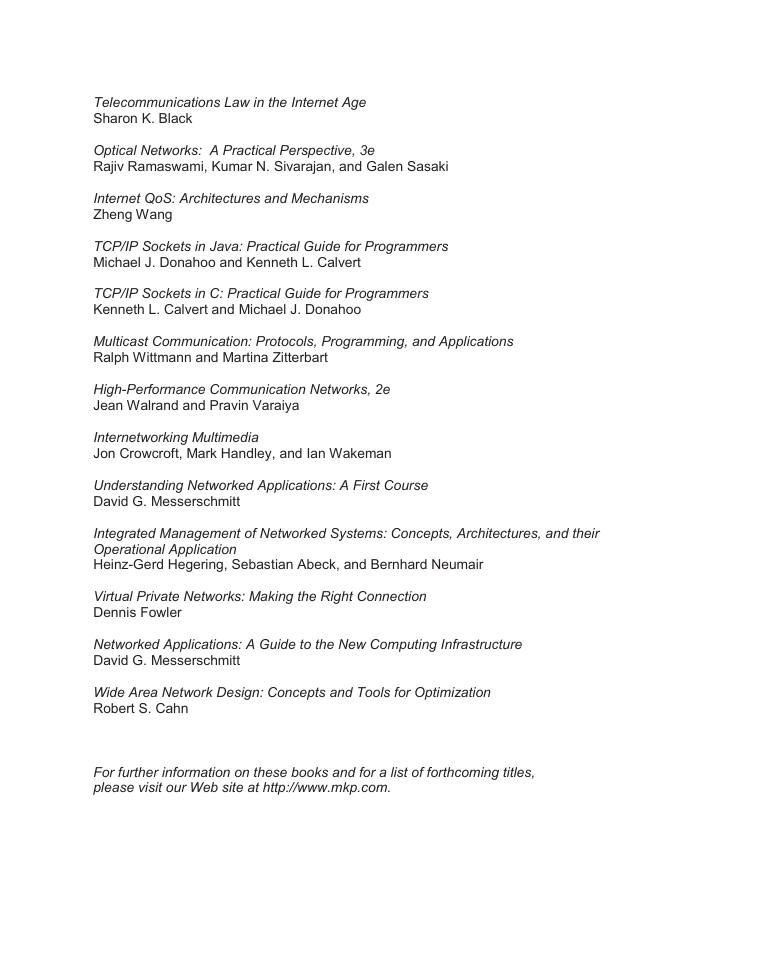


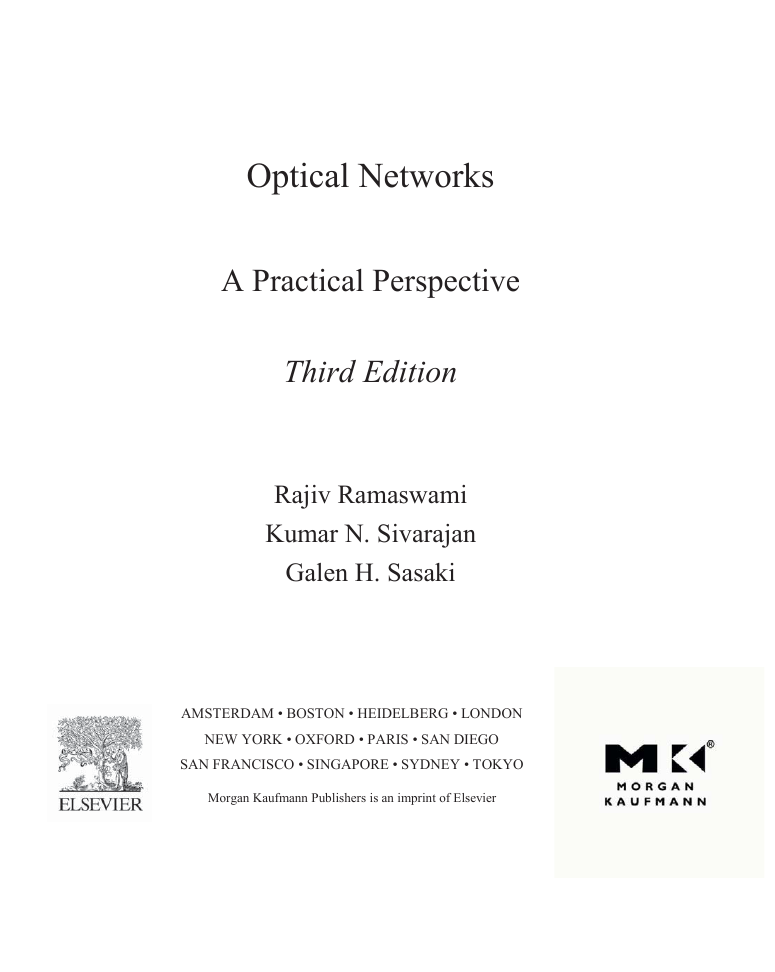








 2023年江西萍乡中考道德与法治真题及答案.doc
2023年江西萍乡中考道德与法治真题及答案.doc 2012年重庆南川中考生物真题及答案.doc
2012年重庆南川中考生物真题及答案.doc 2013年江西师范大学地理学综合及文艺理论基础考研真题.doc
2013年江西师范大学地理学综合及文艺理论基础考研真题.doc 2020年四川甘孜小升初语文真题及答案I卷.doc
2020年四川甘孜小升初语文真题及答案I卷.doc 2020年注册岩土工程师专业基础考试真题及答案.doc
2020年注册岩土工程师专业基础考试真题及答案.doc 2023-2024学年福建省厦门市九年级上学期数学月考试题及答案.doc
2023-2024学年福建省厦门市九年级上学期数学月考试题及答案.doc 2021-2022学年辽宁省沈阳市大东区九年级上学期语文期末试题及答案.doc
2021-2022学年辽宁省沈阳市大东区九年级上学期语文期末试题及答案.doc 2022-2023学年北京东城区初三第一学期物理期末试卷及答案.doc
2022-2023学年北京东城区初三第一学期物理期末试卷及答案.doc 2018上半年江西教师资格初中地理学科知识与教学能力真题及答案.doc
2018上半年江西教师资格初中地理学科知识与教学能力真题及答案.doc 2012年河北国家公务员申论考试真题及答案-省级.doc
2012年河北国家公务员申论考试真题及答案-省级.doc 2020-2021学年江苏省扬州市江都区邵樊片九年级上学期数学第一次质量检测试题及答案.doc
2020-2021学年江苏省扬州市江都区邵樊片九年级上学期数学第一次质量检测试题及答案.doc 2022下半年黑龙江教师资格证中学综合素质真题及答案.doc
2022下半年黑龙江教师资格证中学综合素质真题及答案.doc